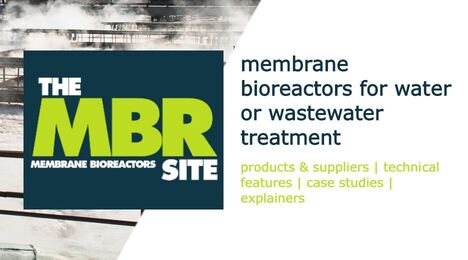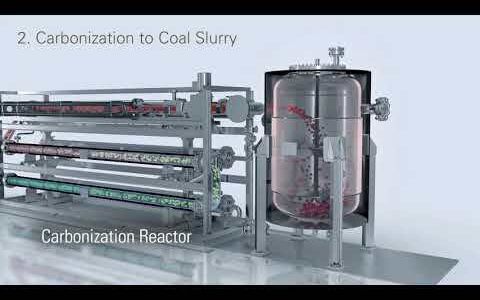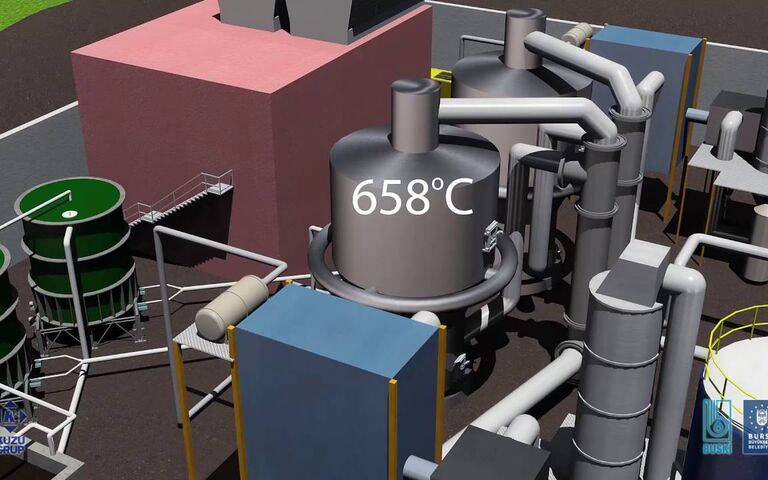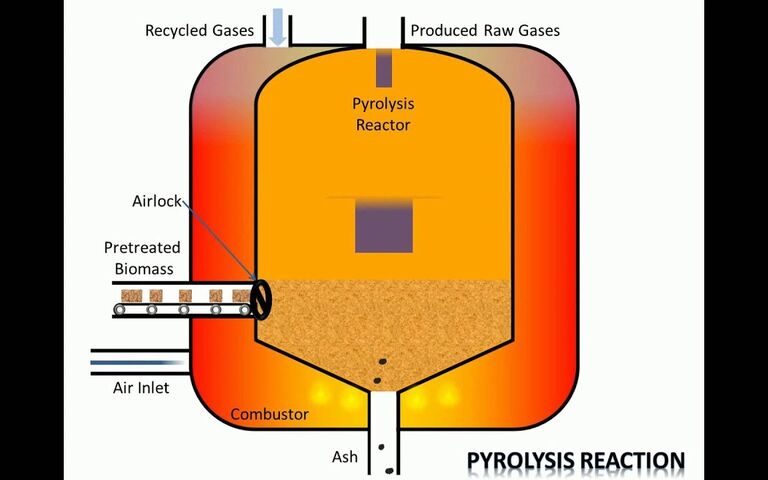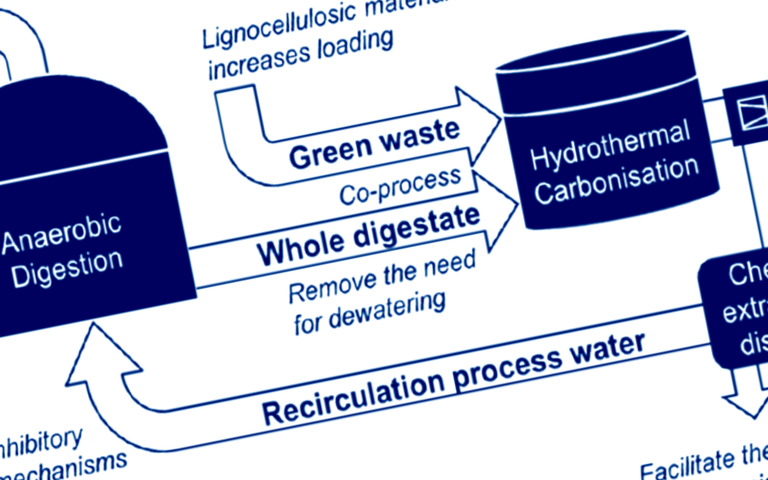Sludge treatment − hydrothermal processes

Hydrothermal carbonisation, liquefaction and gasification
Hydrothermal processes (HTPs) for treating sludge employ elevated temperatures and pressures in wet conditions and in the absence of oxygen. They can be employed for two different applications:
- pretreatment of sludge prior to anaerobic digestion, and
- substantial conversion of organic carbon to useful, combustible products
Hydrothermal pretreatment for anaerobic digestion employs lower operating temperatures and pressures than the conversion processes. Unlike HTPs for carbon conversion, they are not designed to substantially reduce the organic carbon content.
HTPs for organic carbon conversion can be classified into three main regions of the water pressure:temperature phase diagram, according to the main product being targeted:
- hydrothermal carbonisation (HTC), which favours the solid phase as the main product
- hydrothermal liquefaction (HTL), which favours the liquid phase, and
- hydrothermal gasification (HTG), which promotes a gas phase product.
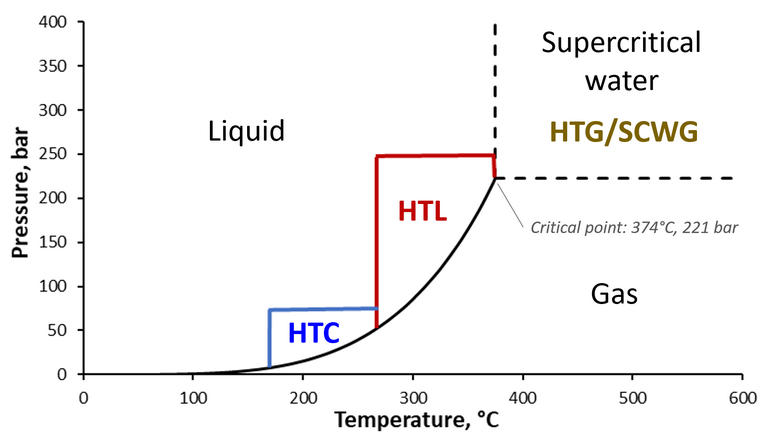
In common with pyrolysis, the different product phases (i.e. solid, liquid and gas) from HTPs are favoured by different conditions of temperature and pressure. Unlike pyrolysis, however, HTPs can operate with a feed sludge of high moisture content, the water being kept in the liquid state during hydrothermal processing through the application of high pressures.
HTC and HTG are sometimes respectively referred to as wet torrefaction and supercritical water gasification (SCWG). By definition, torrefaction is a dry process whereas hydrothermal processes necessarily take place in hot, pressurised water and involve a complex mixture of chemical reactions which include hydrolysis. The nature of the solid char end product therefore differs substantially between HTC and torrefaction; the end HTC solid product is called a hydrochar, to distinguish it from the biochar generated by torrefaction.
The use of HTPs as a means of converting the sludge organic carbon into useful combustible products directly represents a relatively new approach to resource recovery. There are few full-scale operating HTP plants for full sewage sludge conversion to useful end products, though demonstration/full-scale HTC plants exist based on the HTCycle and TerraNova® technologies. This contrasts with the substantial number of HTP installations for AD pre-treatment, first installed in the mid-1990s, and the large number of incineration plants.
TerraNova® Ultra Hydrothermal Carbonization of Sewage Sludge
While there are a limited number of full-scale examples of HTP sludge processing plants installed globally, the process has been extensively investigated. Reported studies of the various HTP types at laboratory and pilot scale indicate a very wide range of operational parameter values employed for sewage sludge hydrothermal conversion.
| Process | Abbrev. | Temp, °C | Pmin1,bar | Res. time | Product yield |
|---|---|---|---|---|---|
1Minimum pressure determined by the pressure:temperature relationship for maintaining water in liquid state. | |||||
| Hydrothermal carbonisation | HTC | 200−300 | 16−88 | 0.5−8h | 45−98% yield hydrochar |
| Hydrothermal liquefaction | HTL | 250−400 | 41−crit2 | 5−30 min | 35−55% yield bio-oil |
| Hydrothermal gasification | HTG | 380−550 | crit2 | 0.25−2h | 16−50% H2 |
| Catalytic HTG3 | CHTG | 380−550 | crit2 | 0.25−2h | 30−75% H2 |
HTC converts sludge predominantly into a carbon-rich hydrochar solid product. The process is conducted at temperatures generally between 180 and 300 °C. Over this temperature range, corresponding pressures of 10−88 bar must be exceeded to ensure that the water is maintained in the liquid state, in accordance with the pressure:temperature water phase diagram.
Reaction times ranging between 0.1 and 4h have been employed. The precise conditions of temperature, pressure and time selected depend both on the feed sludge quality and the target yield and characteristics of the hydrochar product.
HTCycle HTC technology
HTCycle HTC technology Source: IPI AG / YouTube The treatment temperature T in °K and time t in seconds are sometimes combined and expressed as the severity factor f = 50t0.2e3500/T. Higher severity factors favour a higher hydrochar carbon content, thereby providing greater latent energy in this phase. The structure of the hydrochar also changes with temperature.
There are a few small full-scale HTC facilities in operation. The process has been implemented for the conversion of municipal solid waste (MSW) into a useful hydrochar product.
Most recently, HTC studies have focused on phosphorus (P) recovery from the hydrochar. P can be recovered from the process by acid addition, encouraging the P to transfer to the aqueous phase from which it can then be recovered by precipitation. An example is the PHOS4green process from the German company Glatt, which generates a usable, granular, phosphate-based fertilizer from hydrochar.
Hydrothermal conversion via liquefaction takes place generally at temperatures of 250–400 °C and pressures above 40 bar. The product is a highly viscous liquid (i.e. a bio-oil) used as either a pure chemical or an additive in diesel fuels.
HTL has been extensively investigated for ‘cleaner’ biomass feeds, and specifically for microalgae. Microalgal technology for renewable energy and resources represents an extremely significant area of academic study.
HTL for sewage sludge treatment is still largely under development. However, a $12m AUD sewage sludge-fed HTL plant is (at the time of writing) under construction at Yarwun in Australia.
HTG represents the highest-temperature HTP process, operating at temperatures up to around 550 °C. Since temperatures exceed the critical point for water, the process is sometimes referred to as supercritical water gasification (SCWG), analogous to supercritical water oxidation which operates in the same supercritical region as HTG but employs somewhat higher temperatures due to the exothermic nature of the oxidation reactions.
The primary product of HTG is a syngas containing hydrogen (H2) and carbon monoxide (CO) as the primary constituents. At near-critical temperatures (up to 500 °C), formation of the syngas is substantially increased by the addition of catalysts such as metals, hydroxide or activated carbon. Although effective, these catalysts (and in particular alkaline metal salts) can cause scaling and corrosion problems. The generation of products is otherwise affected by the temperature and residence time.

